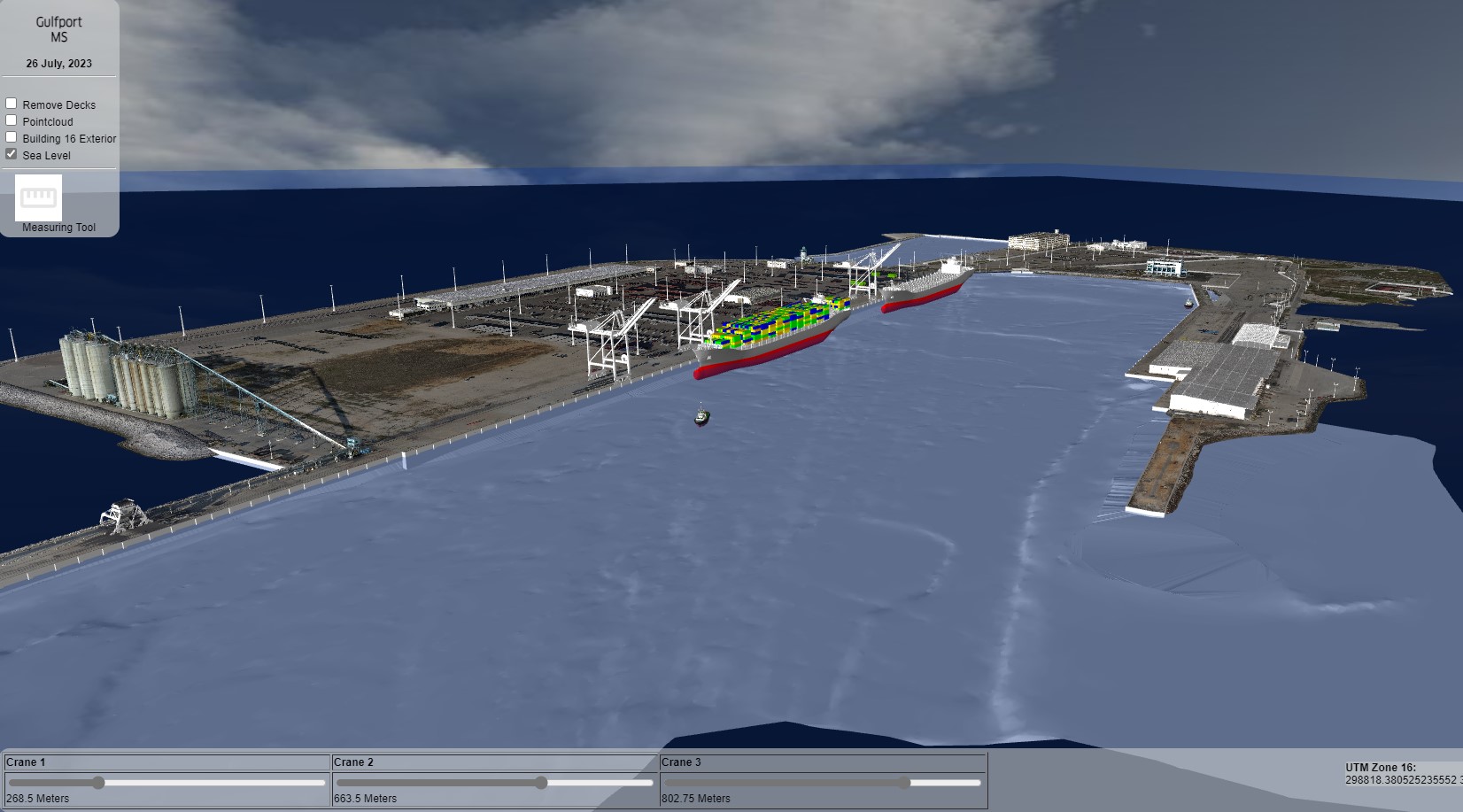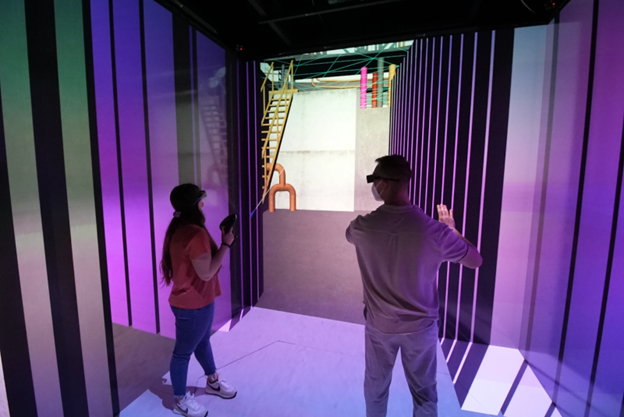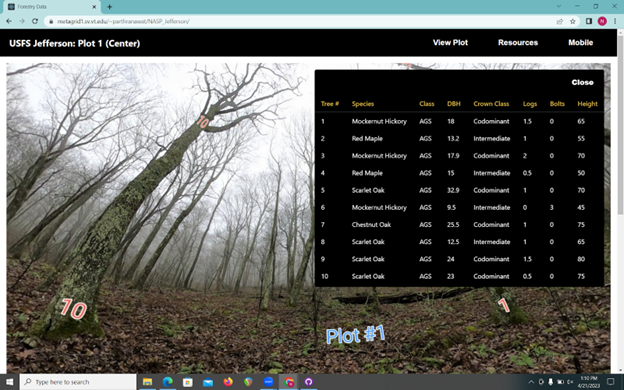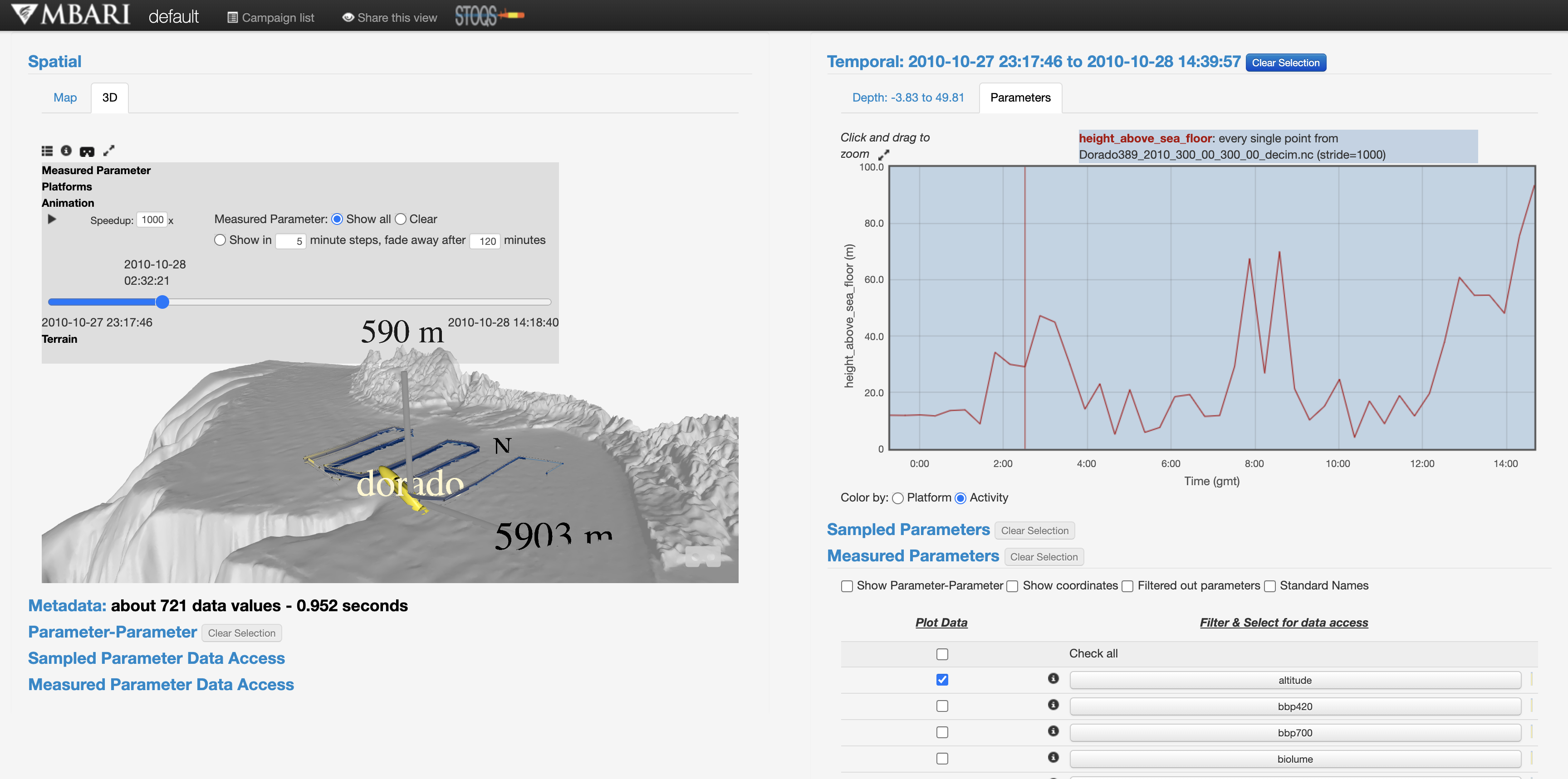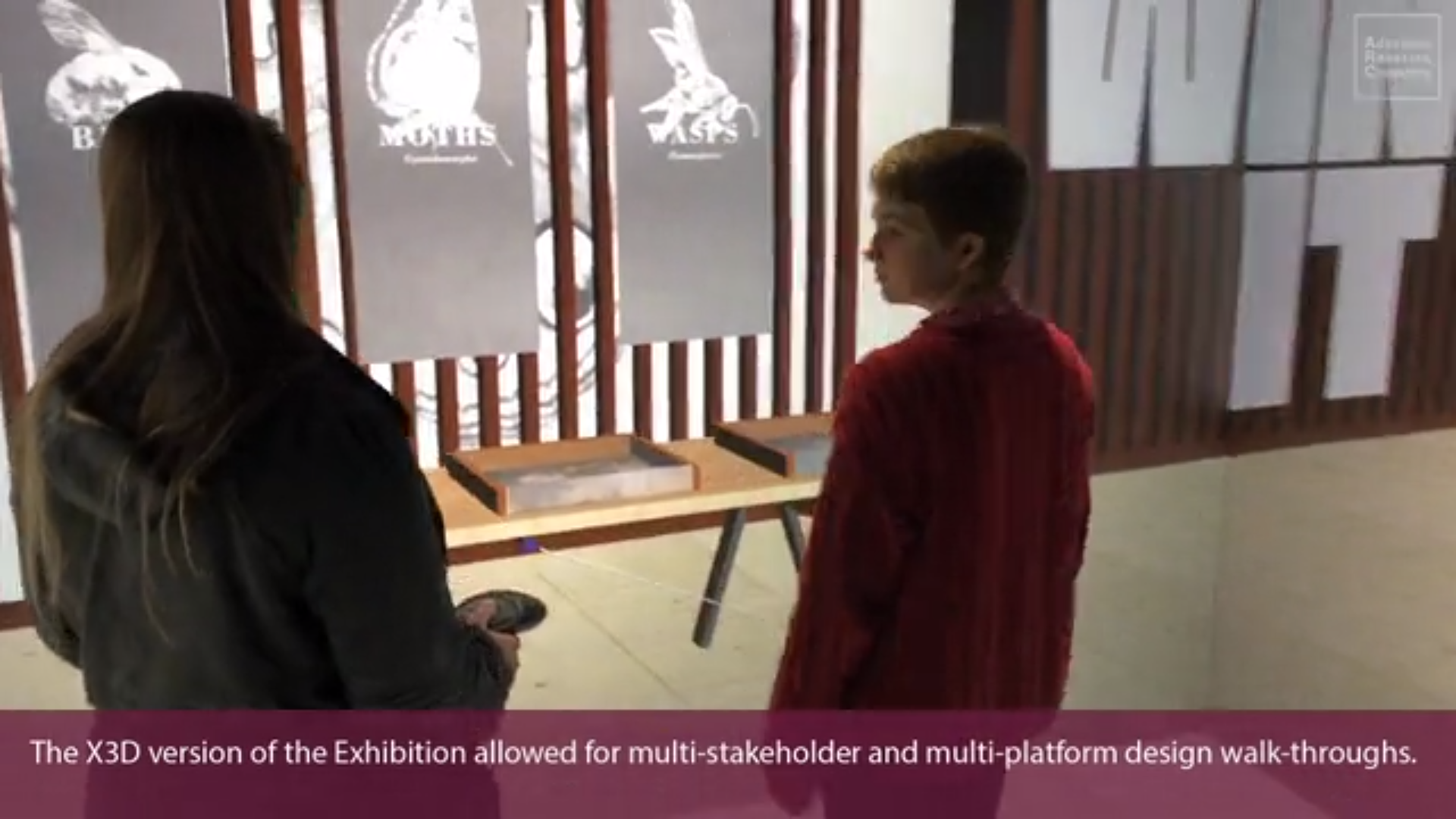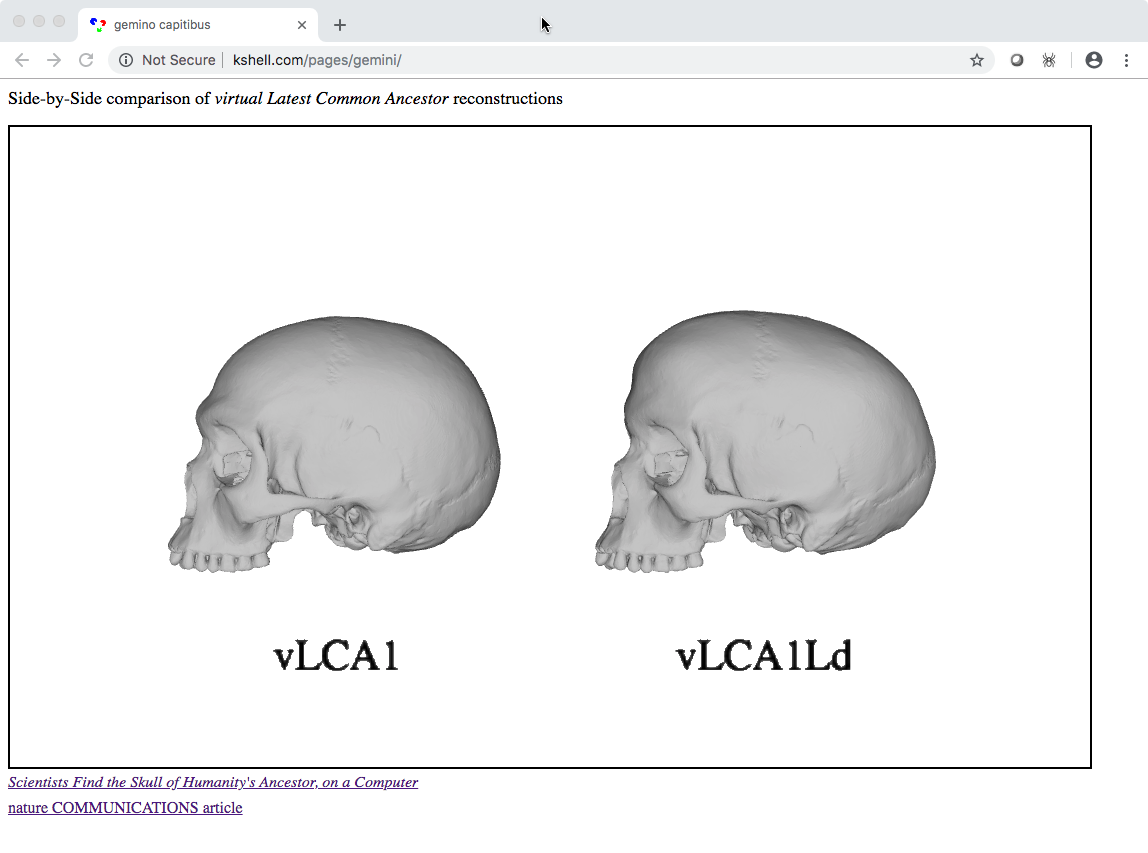Examples
X3D provides a presentation layer (a scene graph) to display animated, interactive 3D models from multiple sources and domains into web applications. The presentation pipeline is supported by X3D4 to make native authoring and use of X3D models fully integrated with HTML5.
Web3D YouTube Channel shows demonstrations of X3D and related standards. These are helpful resources that help "tell the story" in a compelling manner.
X3D has broad adoption here are some of our member case studies. Exemplar contributions that highlight additional Web3D Consortium member achievements follow.
Real-time Analysis for Particle-transport and In-situ Detection (RAPID) Code System, a simulation platform that allows users to interact with nuclear technology and collaborate with colleagues through both Web3D and a high-resolution multi-user virtual reality (VR) interface using the X3D Standard.
To enhance learning in a remote setting Virginia Tech developed immersive training exercises and video study tours using augmented and virtual reality X3D delivery technologies.
Collaboration for world-wide planning of harbor and facility use is challenging. SPIDERS3D allows multiple users across the U.S. Department of Defense (DoD) enterprise to conduct real-time 3D collaboration over the web on their desktop.




